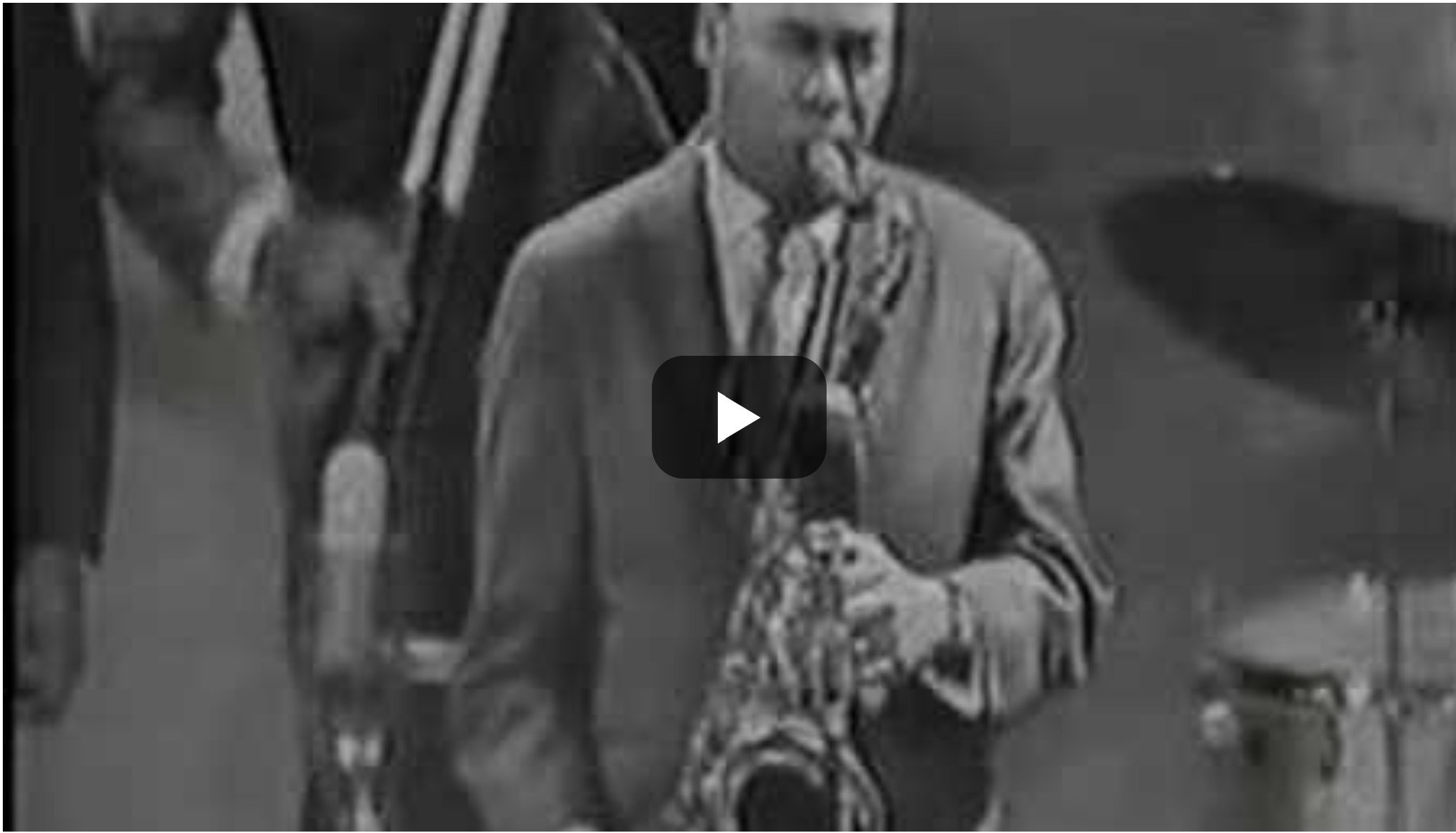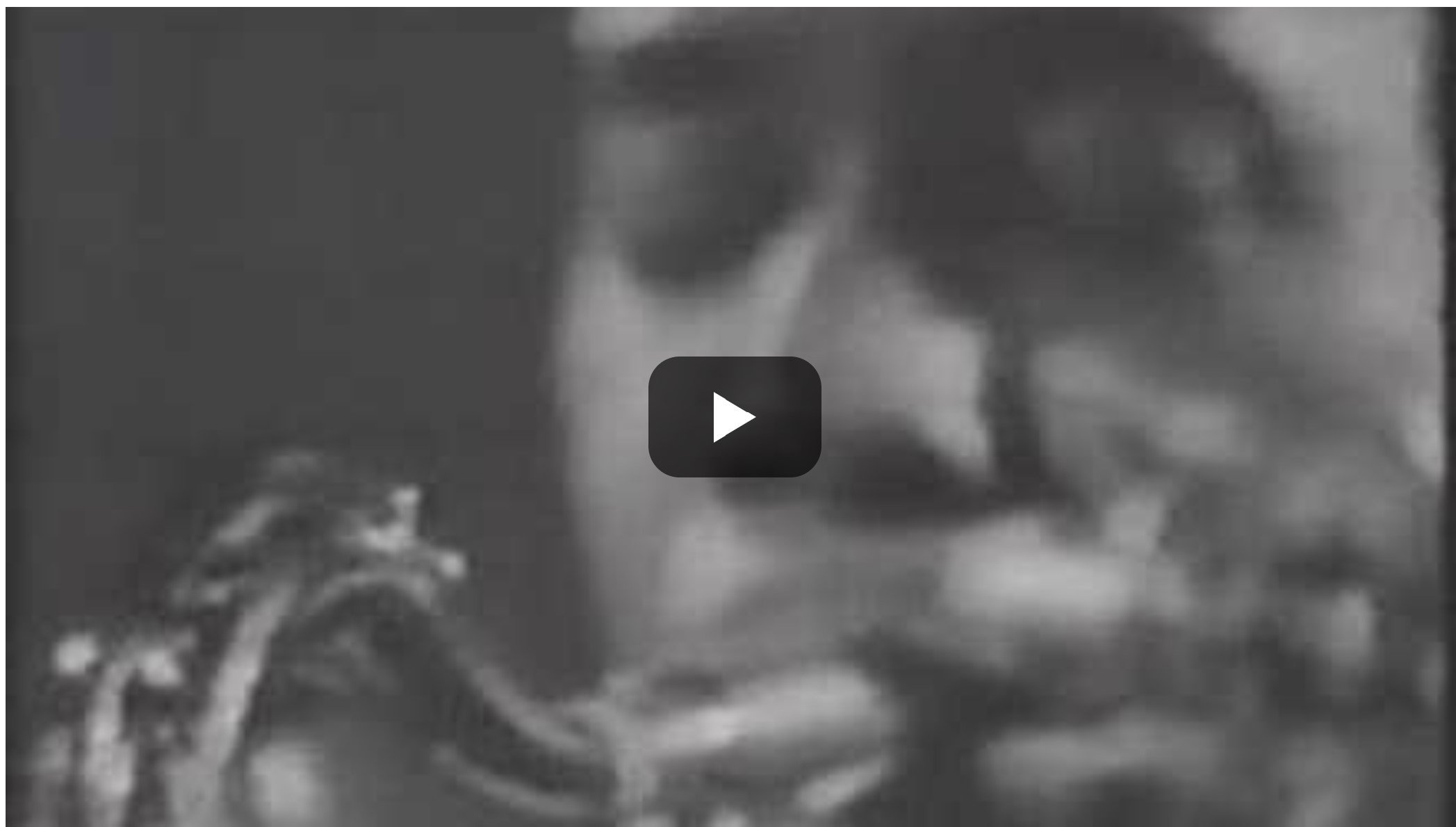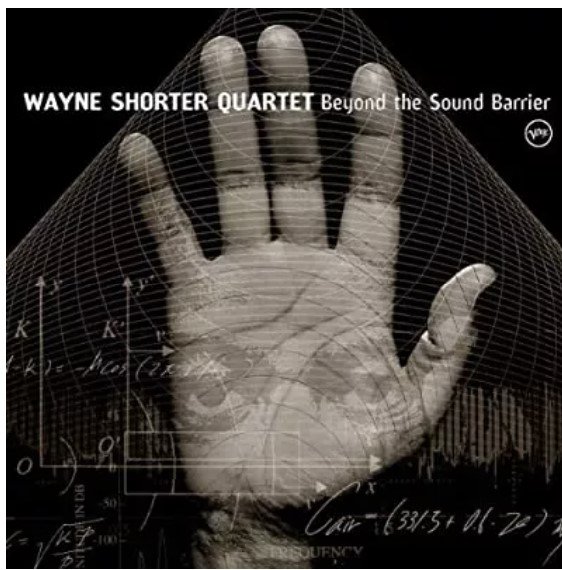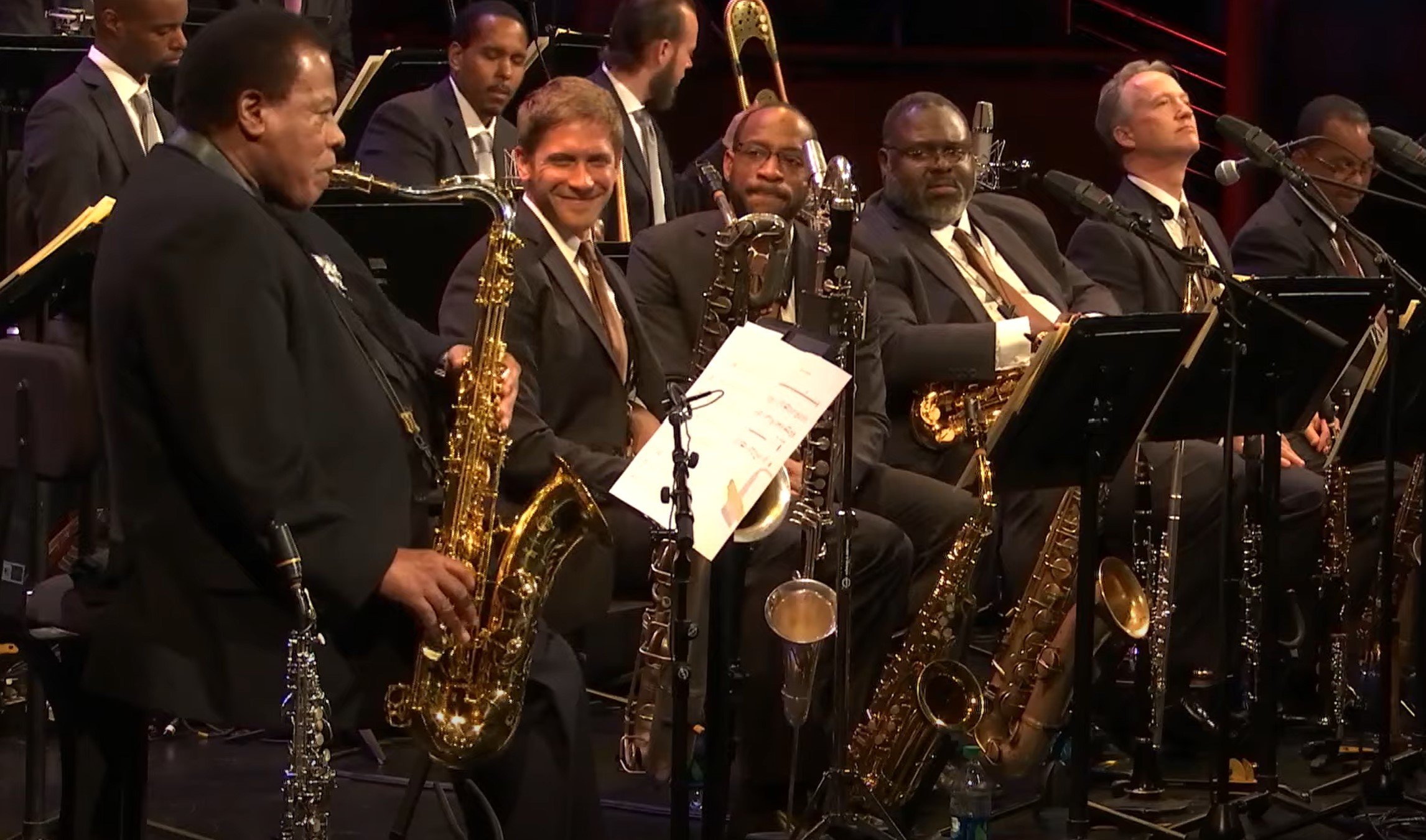Wayne Shorter’s Musical Cosmos
The musical journey of Wayne Shorter was a cosmos of sound and sensibility, as I described in my tribute last week to the grandmaster composer and saxophonist. This week we round out the tribute by curating a selection of musical cuts that provide a representative sample of Wayne’s ultimate adventure.
The following clips give a taste of Shorter’s compositional and saxophone approach. Click the images to hear the songs. But remember, this is just a little taste as his body of work is vast. He’s one of a handful of the most influential tenor and soprano saxophone stylists of the past 50 years. The most influential of the first several decades of jazz were Coleman Hawkins and Lester Young; Shorter is singular in a select group that includes John Coltrane, Sonny Rollins, and, later, Michael Brecker.
Shorter’s often elliptical compositions are stamped with genius. He joined Art Blakey and the Jazz Messengers in 1959, and by the time of the first clip, recorded in 1963, he was the ensemble’s Musical Director. His compositions added another flavor to one of the most famous hard bop ensembles, which served as a finishing school for some of the biggest artists in jazz past to present, from Horace Silver, Lou Donaldson, Benny Golson, and Lee Morgan to Freddie Hubbard, Wynton Marsalis, Terence Blanchard, Donald Harrison, and Ralph Peterson Jr.
Here’s an original by Shorter, “Children of the Night,” and his featured solo. The other personnel are Art Blakey (drums), Cedar Walton (piano), Reggie Workman (bass), Curtis Fuller (trombone), and Freddie Hubbard (trumpet).
By the time Wayne Shorter joined the Miles Davis Quintet in 1964, Davis was a bona fide jazz star. Six years earlier he had recorded Kind of Blue, to this day the best-selling jazz album of all time. That ensemble (which, in addition to Davis, included John Coltrane, Cannonball Adderley, Paul Chambers, Wynton Kelly, and Jimmy Cobb) comprised what became known as Davis’s First Great Quintet.
Shorter was the final piece of the puzzle for his Second Great Quintet. It bears repeating that Miles once said that “When [Wayne] came into the band it started to grow a lot more and a whole lot faster, because Wayne is a real composer. He writes scores, writes the parts for everybody just as he wants them to sound. He also brought in a kind of curiosity about working with musical rules. If they didn’t work, then he broke them, but with musical sense; he understood that freedom in music was the ability to know the rules in order to bend them to your own satisfaction and taste.”
Here’s Shorter’s “Footprints,” with one of the most renowned rhythm sections ever in jazz: pianist Herbie Hancock, bassist Ron Carter, and drummer Tony Williams, who was just 19 years old at the time.
“Jazz fusion” incorporated elements of jazz, rock and funk into a brew that defined a musical movement from the late 1960s through the 1970s, and presaged what became called “world music.” Weather Report was arguably the best jazz fusion group of all time. Here are two songs, both by the keyboardist and composer Joe Zawinul, from their popular Heavy Weather (1977) album. The performances take place in Offenbach, Germany in 1978. The first, “Birdland,” was a hit, and was soon thereafter given further extension by the vocal group Manhattan Transfer with lyrics by vocalese master Jon Hendricks. The second, “A Remark That You Made,” has a gentle, yin feel. Peter Erskine holds down the drum chair. The electric bassist is Jaco Pastorius, an iconic electric bass god. Shorter’s soprano and tenor sax sound was the melodic glue.
When I began my love affair with jazz in the mid-70s, Weather Report was a huge presence on the scene. Within the pop-rock world, Walter Becker and Donald Fagen of the ensemble Steely Dan were standard-bearers of sophisticated songs and arrangements. In the Tottenville High School Stage Band, in which I played alto sax, songs like “Deacon Blues” and “Peg” from their Aja album were a lot of fun to perform. To prepare to play that music, I listened closely to all the cuts on Aja. Notable, on the title cut, is a solo by Shorter, who would go on to collaborate with Joni Mitchell, Don Henley, Carlos Santana, and the Rolling Stones.
Fast forward to 2010 in Vienne, France with Shorter’s own quartet, comprised of Shorter and pianist Danilo Perez, bassist John Patitucci, and drummer Brian Blade. This Shorter original is aptly titled: “Adventures Aboard the Golden Mean.” It’s a song from his 2005 recording, “Beyond the Sound Barrier.”
Here’s what Shorter once said about this original composition: “The golden mean is neither captive to the right, left, east, west, north, south or the middle. It’s attached to no extreme. That’s a place to try to get to in terms of freedom of thought and choice . . . And I think it has nothing to do with an almighty power or nothing like that, but a place that we have inside us that’s just asleep a little bit. And I’m thinking of it like a spaceship called the Golden Mean. I picture a lot of kids on there, flying around, having a good time. And they’re going somewhere along the Golden Mean.”
The final song takes us back to Shorter’s roots in swing, as he performed in 2015 with the Wynton Marsalis and the Jazz at Lincoln Center Orchestra. As I spoke of in in early 2022, in a tribute to Wayne titled, “The DNA of Eternity,” my dearly departed friend Greg Tate and I hung out together in Harlem to watch and listen to one of the live streamed performances. I had attended one of the rehearsals for the show and took a photo with Wayne that I’ll always treasure. I’m sure you’ll appreciate this version of Shorter’s “Hammer Head.”







